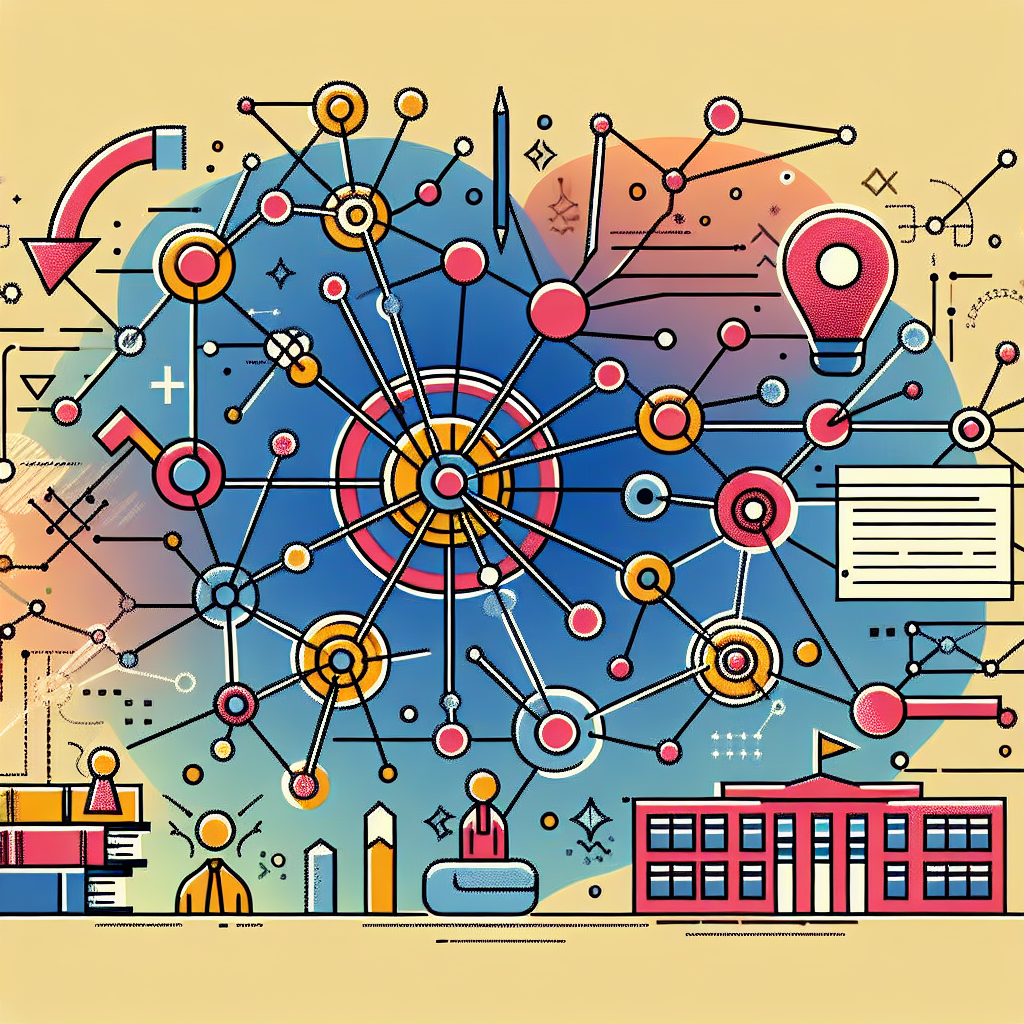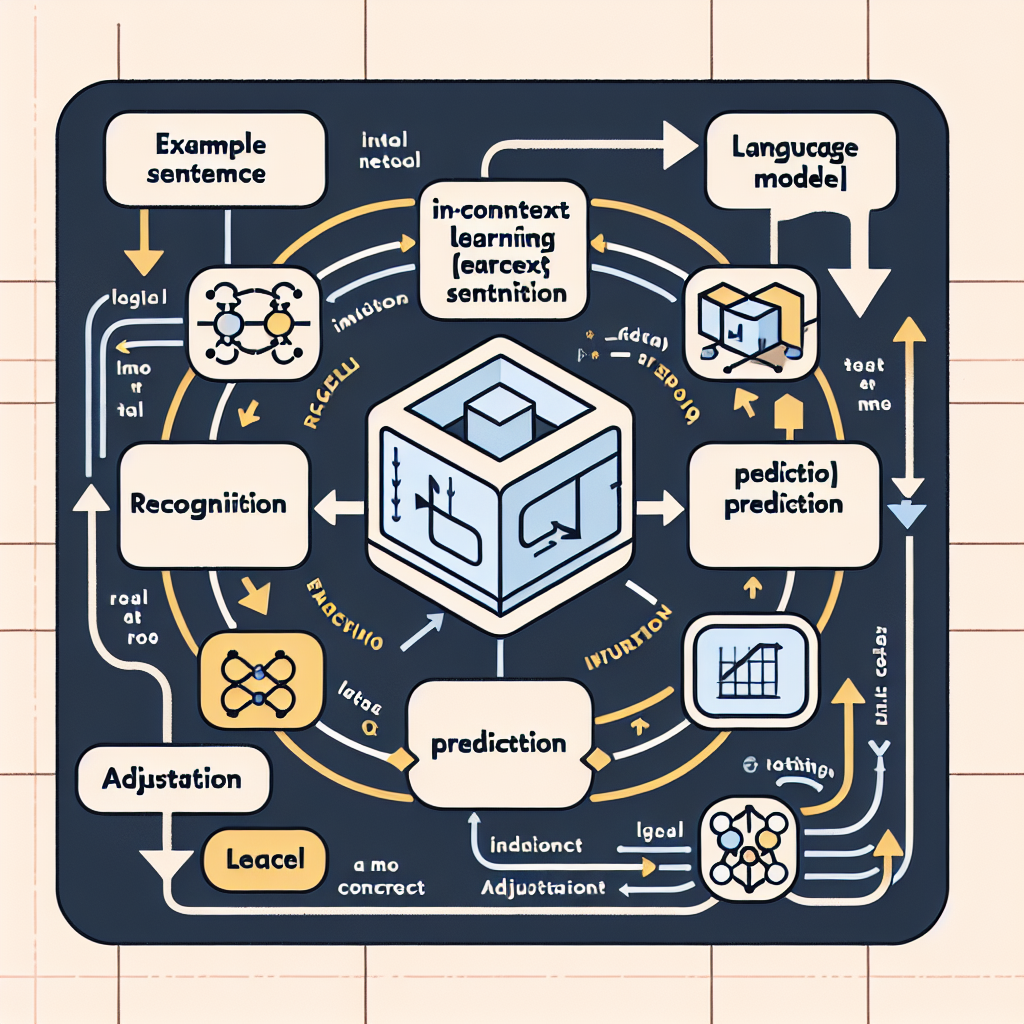Exploring Various Learning Models in Education
The landscape of education is ever-evolving. At its core, this evolution is driven by learning models.
Learning models are the frameworks that guide how we absorb, process, and retain information. They are the backbone of educational systems, shaping the way we teach and learn.
In recent years, technology has revolutionized these models. It has introduced new methods, such as in-context learning in language models, that enhance the learning experience.
One such method is iterative forward tuning. This technique boosts in-context learning, making it more effective and efficient.
However, not all language models handle in-context learning the same way. Larger language models, for instance, approach it differently, offering unique advantages and challenges.
In this article, we delve into these concepts. We explore the various learning models in education, focusing on the impact of iterative forward tuning and the unique approach of larger language models.
Join us on this journey. Let’s unravel the complexities of learning models and their role in shaping the future of education.
The Significance of Learning Models in Educational Evolution
Learning models are pivotal in the realm of education. They provide a structured approach to teaching and learning, guiding the interaction between educators, learners, and the learning environment.
These models are not static. They evolve over time, adapting to societal changes, advancements in cognitive science, and shifts in educational philosophy. This evolution is crucial for education to remain relevant and effective.
The advent of technology has accelerated this evolution. It has opened up new possibilities for learning models, introducing concepts such as in-context learning in language models. These advancements have the potential to transform education, making it more personalized, engaging, and effective.
However, the integration of technology into learning models is not without challenges. It requires careful planning, ongoing evaluation, and a deep understanding of both education and technology. Despite these challenges, the potential benefits make this endeavor worthwhile.
In the following sections, we will delve deeper into these concepts. We will explore traditional learning models, the impact of technology, and the role of iterative forward tuning and larger language models in in-context learning.
Traditional Learning Models: Behaviorism, Cognitivism, and Constructivism
Before we delve into the realm of technology-enhanced learning models, it’s essential to understand the traditional models that have shaped education for decades. These models, namely behaviorism, cognitivism, and constructivism, provide the foundation upon which modern learning models are built.
Behaviorism, the earliest of these models, focuses on observable behaviors. It posits that learning is a process of conditioning, where responses to stimuli are reinforced. This model has influenced many aspects of education, from classroom management strategies to the design of instructional materials.
Cognitivism, on the other hand, shifts the focus from external behaviors to internal mental processes. It views learning as an active process of information processing, where learners actively construct their understanding of the world. This model has led to the development of strategies that promote critical thinking, problem-solving, and metacognition.
Constructivism takes this idea further, arguing that learning is a process of constructing knowledge based on one’s experiences. It emphasizes the importance of context, social interaction, and reflection in learning. This model has inspired pedagogical approaches such as project-based learning, collaborative learning, and experiential learning.
These traditional models have significantly influenced education, shaping the way we teach and learn. However, they are not without limitations. They often fail to account for individual differences, the complexity of the learning process, and the rapidly changing nature of knowledge in the digital age.
This is where technology comes in. It offers new ways to address these limitations, enhancing the effectiveness of learning models and opening up new possibilities for teaching and learning.
The Emergence of Technology-Enhanced Learning Models
The advent of technology has revolutionized the field of education, leading to the emergence of technology-enhanced learning models. These models leverage the power of technology to facilitate learning, making it more engaging, personalized, and effective.
One of the key features of technology-enhanced learning models is their ability to adapt to individual learners. They can analyze learners’ performance, identify their strengths and weaknesses, and tailor the learning experience accordingly. This personalized approach addresses one of the major limitations of traditional learning models, making learning more effective and efficient.
Another significant advantage of technology-enhanced learning models is their ability to provide immediate feedback. They can assess learners’ responses in real-time, provide corrective feedback, and adjust the difficulty level based on learners’ performance. This immediate feedback loop enhances learning, promotes self-regulation, and fosters a growth mindset.
Moreover, technology-enhanced learning models can facilitate collaborative learning, even in remote settings. They can connect learners from different parts of the world, fostering cross-cultural understanding and global citizenship. They can also provide access to a wealth of resources, enabling learners to explore topics of interest and deepen their understanding.
In-Context Learning in Language Models: An Overview
In-context learning is a crucial aspect of language models. It refers to the ability of these models to learn from the context in which words and phrases are used. This learning approach is essential for understanding the nuances of language, including semantics, syntax, and pragmatics.
Language models that employ in-context learning can generate more accurate and natural language outputs. They can understand the meaning of words in different contexts, recognize the relationships between words, and generate coherent and contextually appropriate responses. This capability is particularly important in applications such as machine translation, text generation, and sentiment analysis.
However, in-context learning in language models is not without challenges. It requires large amounts of data and sophisticated algorithms to accurately capture the complexities of language. Moreover, it requires continuous refinement and tuning to adapt to evolving language use and to address potential biases in the training data.
Iterative Forward Tuning: Enhancing In-Context Learning
Iterative forward tuning is a method that can enhance in-context learning in language models. It involves a continuous process of tuning and refining the model based on new data and feedback. This iterative approach allows the model to continuously learn and adapt, improving its performance over time.
The key steps in iterative forward tuning include:
Initial training of the model using a large dataset.
Evaluation of the model’s performance and identification of areas for improvement.
Refinement of the model based on feedback and new data.
Re-evaluation of the model’s performance.
Repeat the process until the desired performance level is achieved.
Iterative forward tuning can significantly enhance the in-context learning capabilities of language models. It can help the model to better understand the nuances of language, generate more accurate and natural language outputs, and adapt to evolving language use. However, it requires careful management and continuous monitoring to ensure that the model does not overfit the training data or develop biases.
Larger Language Models and Their Unique Approach to In-Context Learning
Larger language models approach in-context learning differently than their smaller counterparts. Due to their size and complexity, they have a greater capacity to learn from context and generate more accurate and natural language outputs. However, they also pose unique challenges.
One of the key challenges is the risk of overfitting. Larger models have a greater capacity to memorize the training data, which can lead to overfitting. This can result in the model generating outputs that are too specific to the training data and not generalizable to new data.
Another challenge is the computational cost. Larger models require more computational resources to train and run, which can be a barrier to their widespread use. They also require larger datasets to train effectively, which can pose challenges in terms of data collection and management.
Despite these challenges, larger language models have shown promising results in in-context learning. They have been used in a variety of applications, from machine translation to text generation, and have demonstrated superior performance in many cases. However, their use requires careful management and continuous refinement to ensure their effectiveness and to address potential biases and ethical considerations.
The Impact of Machine Learning and AI on Learning Models
Machine learning and artificial intelligence have significantly impacted the development and application of learning models. They have enabled the creation of more sophisticated models that can learn from data, adapt to new information, and generate personalized learning experiences.
These advanced learning models can analyze large amounts of data, identify patterns and trends, and make predictions based on this analysis. They can also adapt to individual learners’ needs and preferences, providing personalized learning experiences that can enhance learning outcomes and engagement.
However, the use of machine learning and AI in learning models also poses challenges. These include the need for large amounts of data, the risk of bias in the algorithms, and the ethical considerations related to data privacy and the use of AI in education.
Case Studies: Iterative Forward Tuning in Action
Iterative forward tuning has been used in various applications to enhance in-context learning in language models. One notable example is the use of this method in machine translation. By continuously tuning the model based on new data and feedback, the translation accuracy and fluency were significantly improved.
Another example is the use of iterative forward tuning in text generation. The model was trained to generate text that is coherent, contextually appropriate, and stylistically consistent. Through iterative forward tuning, the model was able to learn from its mistakes and continuously improve its performance.
In the field of sentiment analysis, iterative forward tuning has also shown promising results. The model was able to accurately identify the sentiment of text data, even when the sentiment was expressed subtly or in a complex context.
These case studies demonstrate the potential of iterative forward tuning to enhance in-context learning in language models. However, they also highlight the need for careful management and continuous monitoring to ensure the effectiveness of this method.
Challenges and Future Implications of Advanced Learning Models
The implementation of advanced learning models, particularly those driven by AI and machine learning, is not without challenges. One of the main challenges is the need for large amounts of data to train these models. This can be a barrier for institutions with limited resources or access to data.
Another challenge is the risk of bias in the algorithms. If the data used to train the models is biased, the models themselves can also become biased. This can lead to unfair or discriminatory outcomes in the learning process.
The complexity of these models also poses a challenge. Understanding and managing these models require a high level of technical expertise, which may not be readily available in all educational settings.
Despite these challenges, the future implications of advanced learning models for education are promising. They have the potential to transform the way we teach and learn, making education more personalized, engaging, and effective.
The potential for personalized learning experiences
The potential for more engaging and interactive learning environments
The potential for more effective learning outcomes
However, realizing this potential requires careful management, continuous monitoring, and ongoing research and development.
Ethical Considerations and the Human Element in AI-Driven Education
The use of AI and machine learning in education also raises ethical considerations. One of the main concerns is data privacy. The use of these technologies often involves the collection and analysis of personal data, which can pose risks to privacy if not properly managed.
Another ethical consideration is the potential for AI to replace human teachers. While AI can enhance the learning process, it cannot replace the human element in education. The role of teachers in guiding, mentoring, and inspiring students is irreplaceable.
The potential for bias in AI-driven learning models is also an ethical concern. As mentioned earlier, if the data used to train these models is biased, the models themselves can also become biased. This can lead to unfair or discriminatory outcomes in the learning process.
These ethical considerations highlight the importance of maintaining a human-centric approach in the development and implementation of AI-driven learning models. While these technologies can enhance the learning process, they should not replace the human element in education.
The Continuous Evolution of Learning Models
The landscape of learning models in education is continuously evolving, driven by advancements in technology and our growing understanding of how we learn. From traditional models like behaviorism, cognitivism, and constructivism, to advanced AI-driven models, each evolution brings new opportunities and challenges.
As we move forward, it’s crucial to balance the potential of these advanced models with ethical considerations and the irreplaceable human element in education. With careful management and continuous research, learning models will continue to transform education, making it more personalized, engaging, and effective for learners everywhere.












![Accounting Course in Delhi, 110047, [GST Update 2024]](https://free-ads.marketing2advertising.com/wp-content/uploads/2024/07/Accounting-Course-in-Delhi-1-300x224.png)


